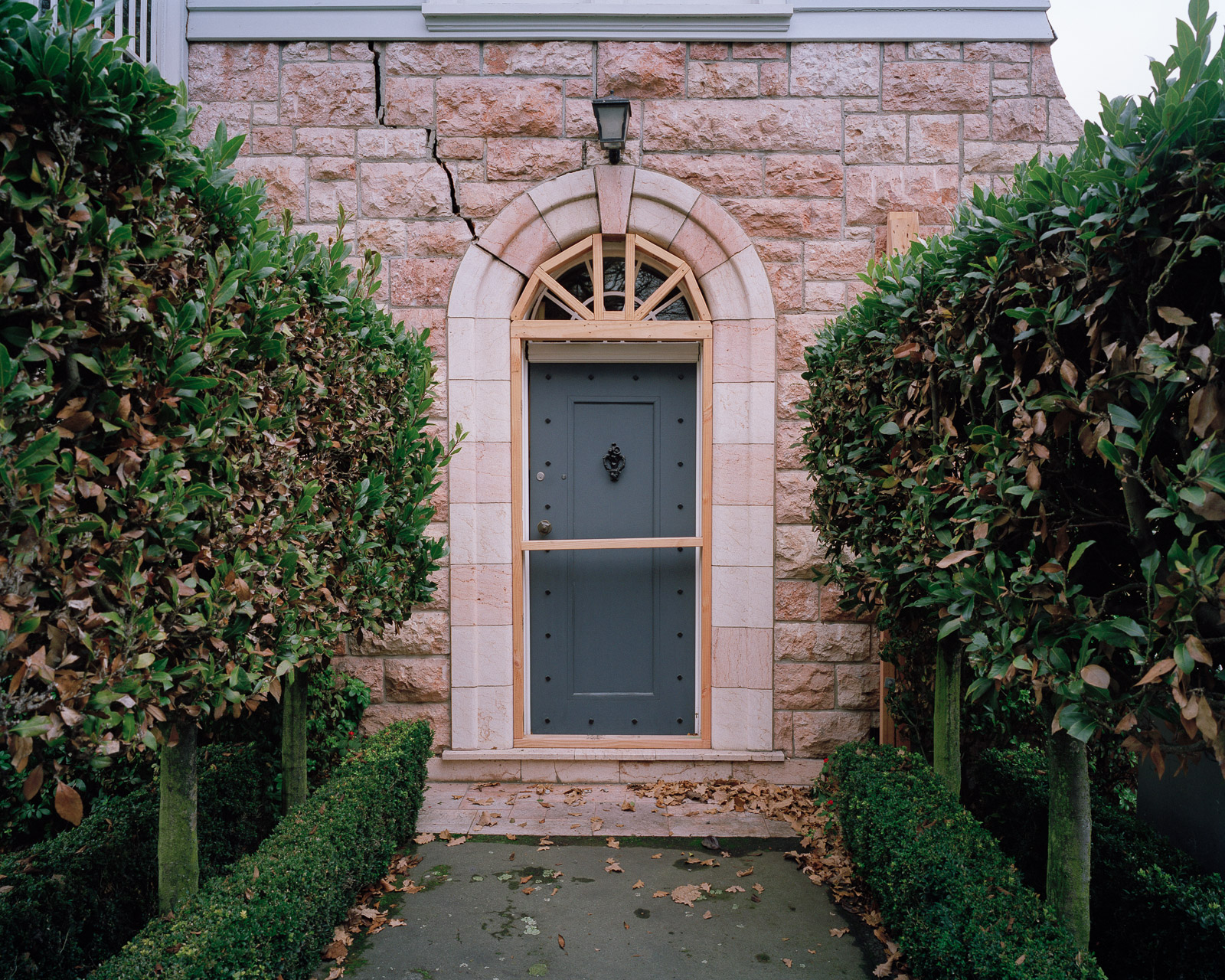

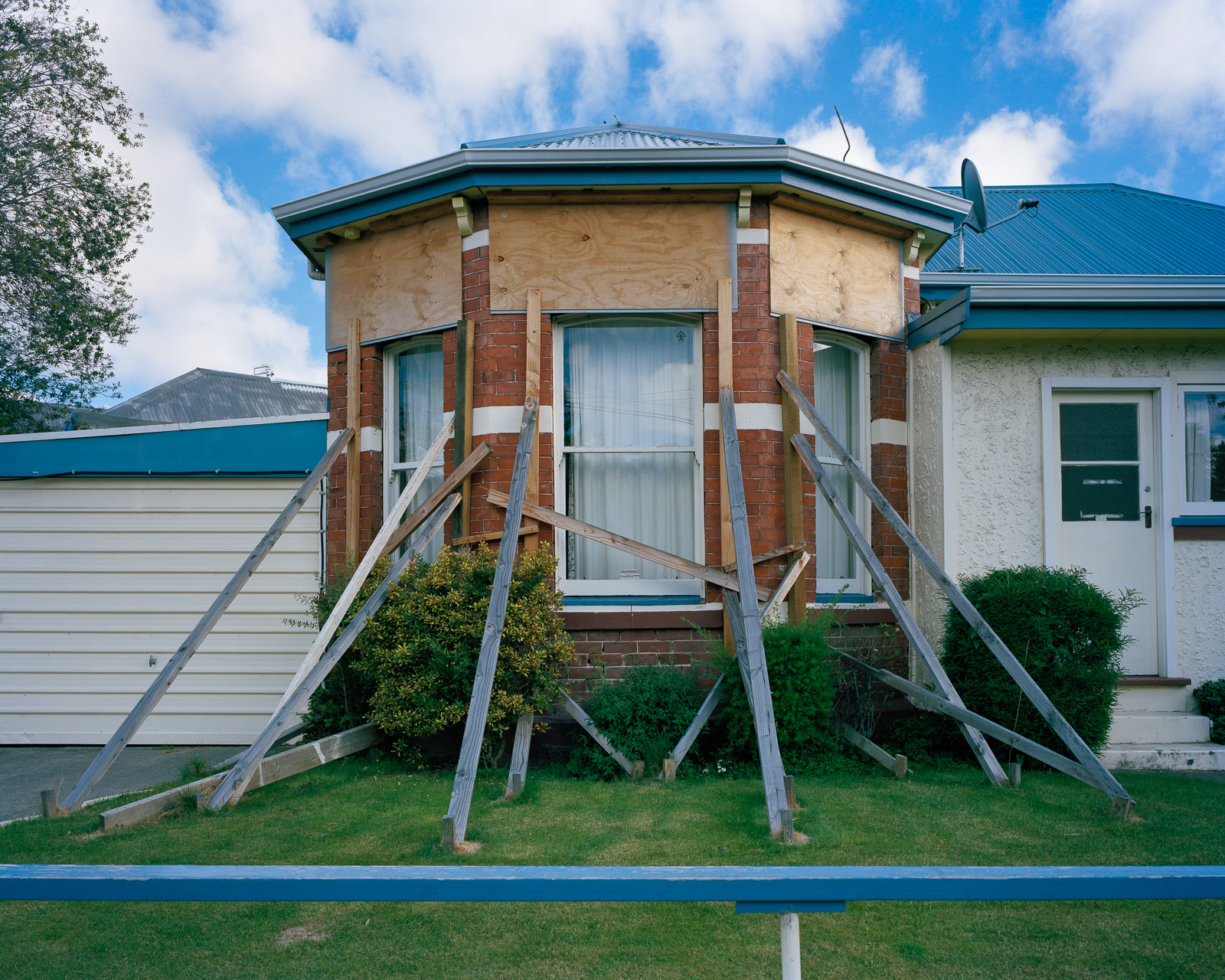
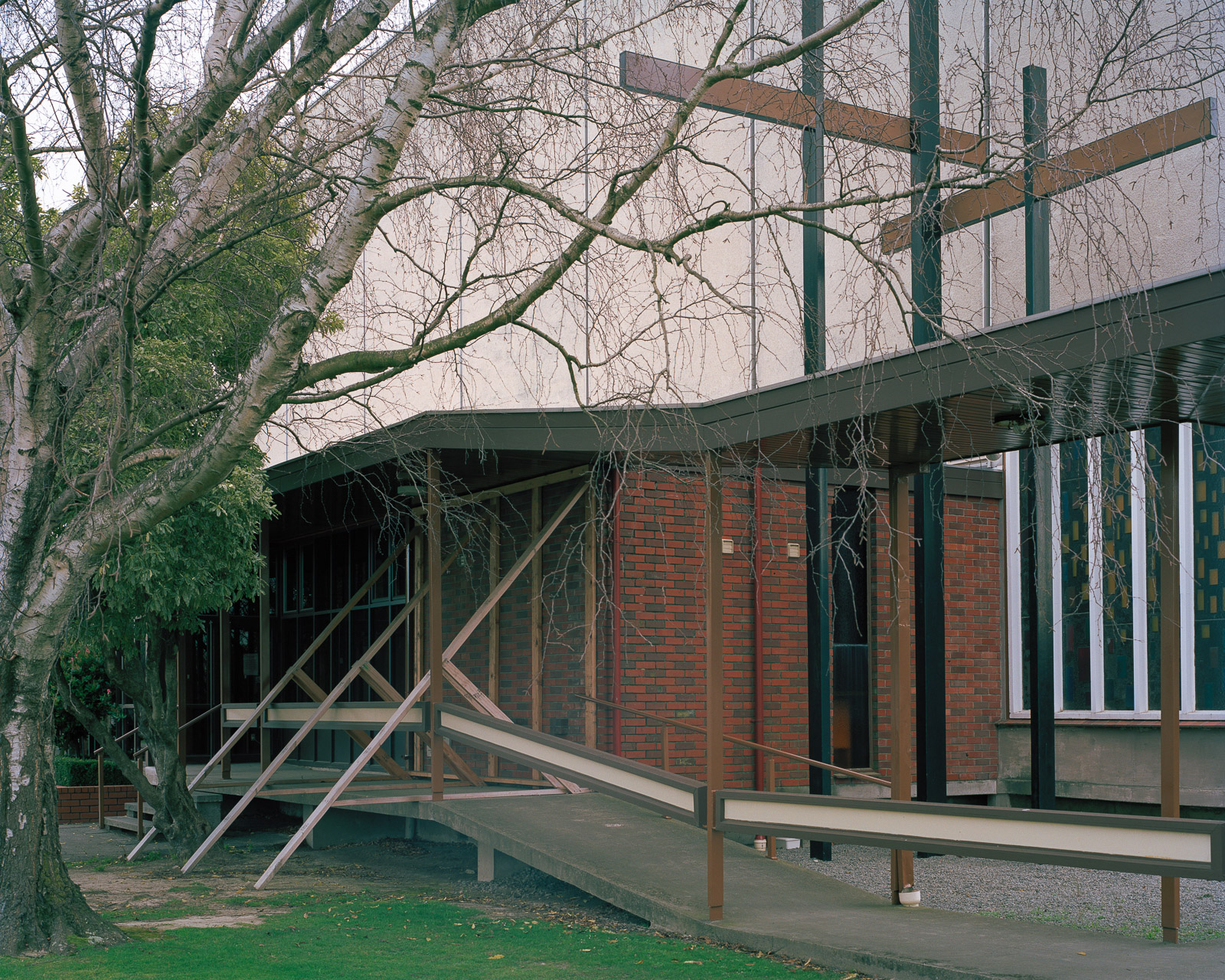
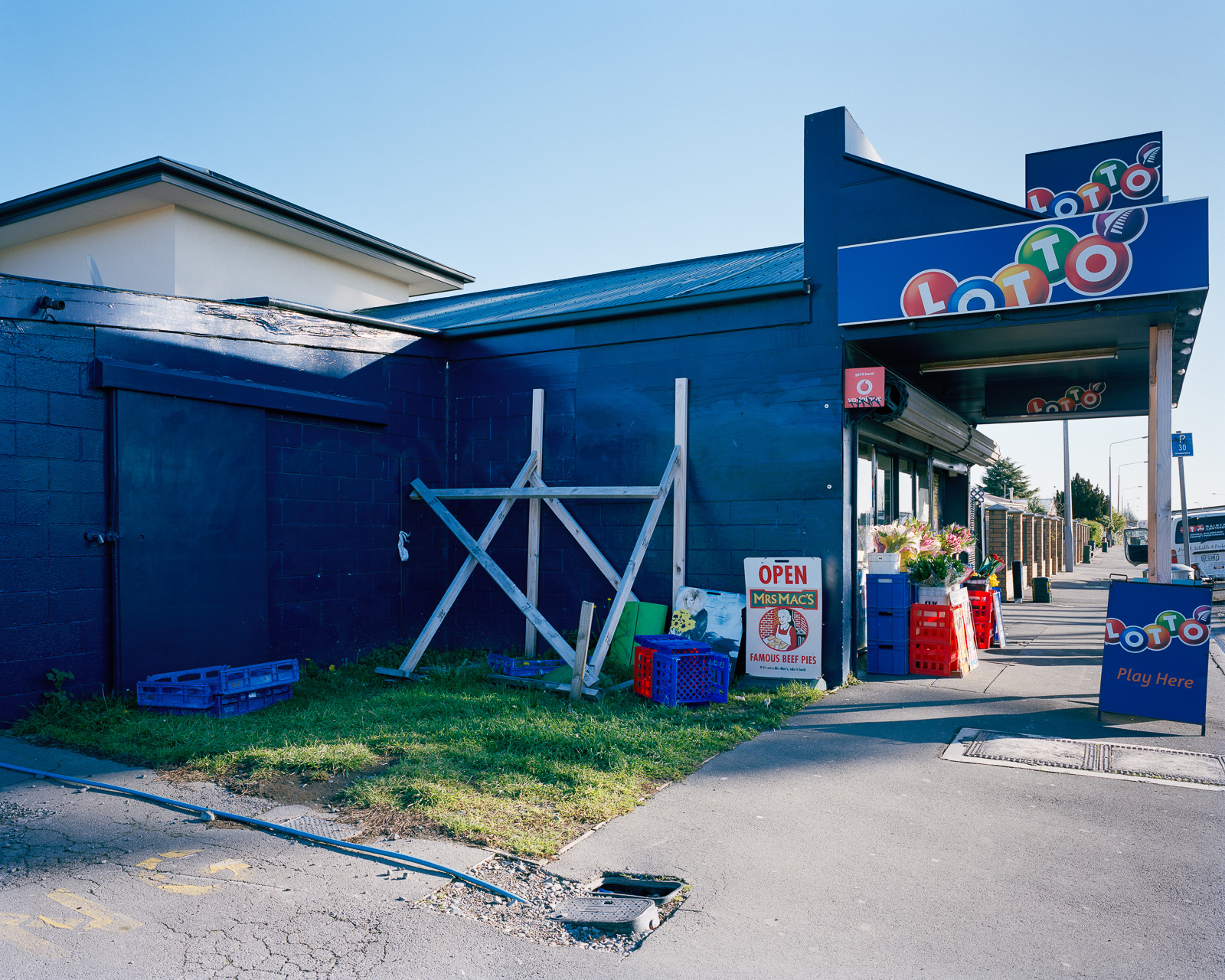
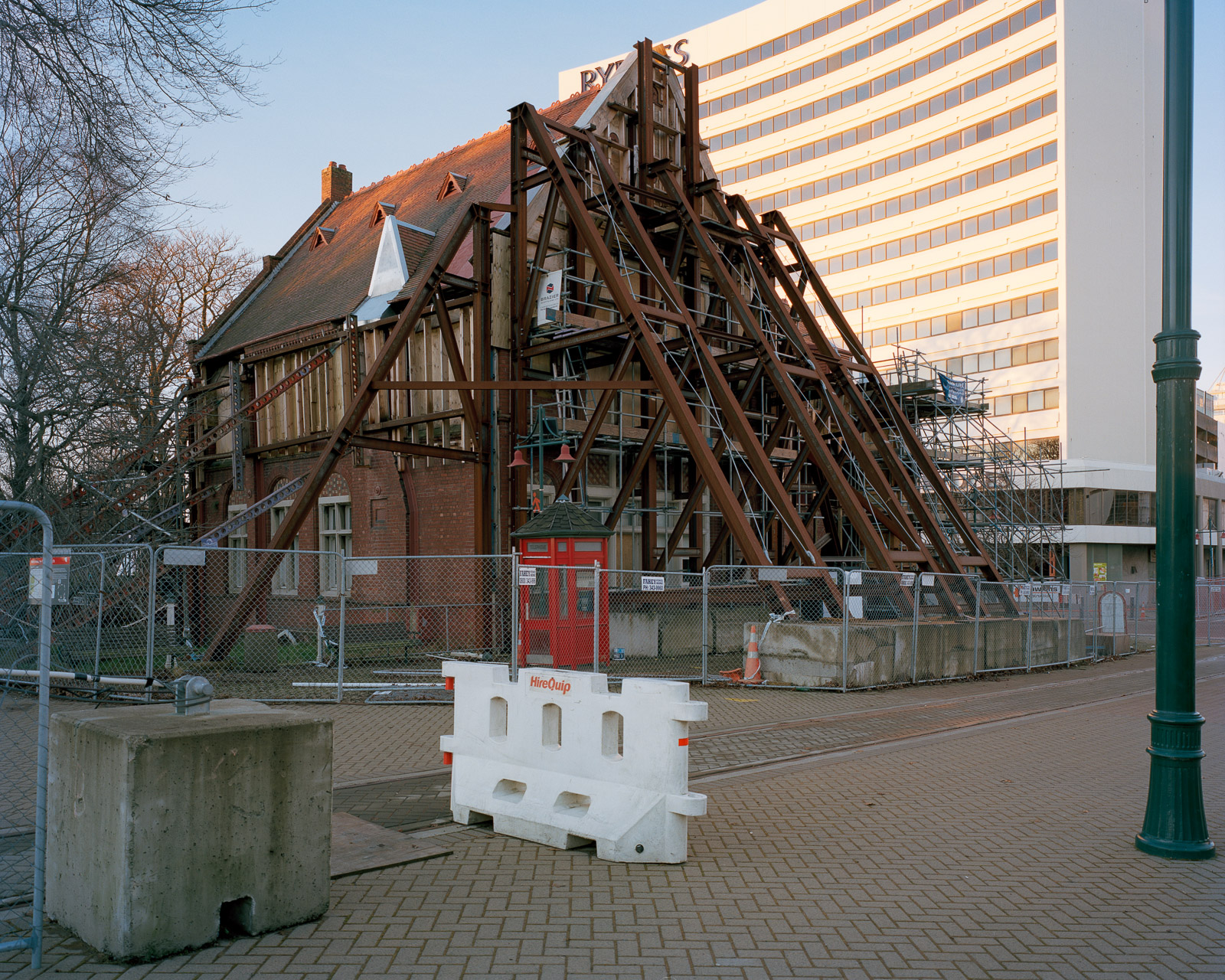
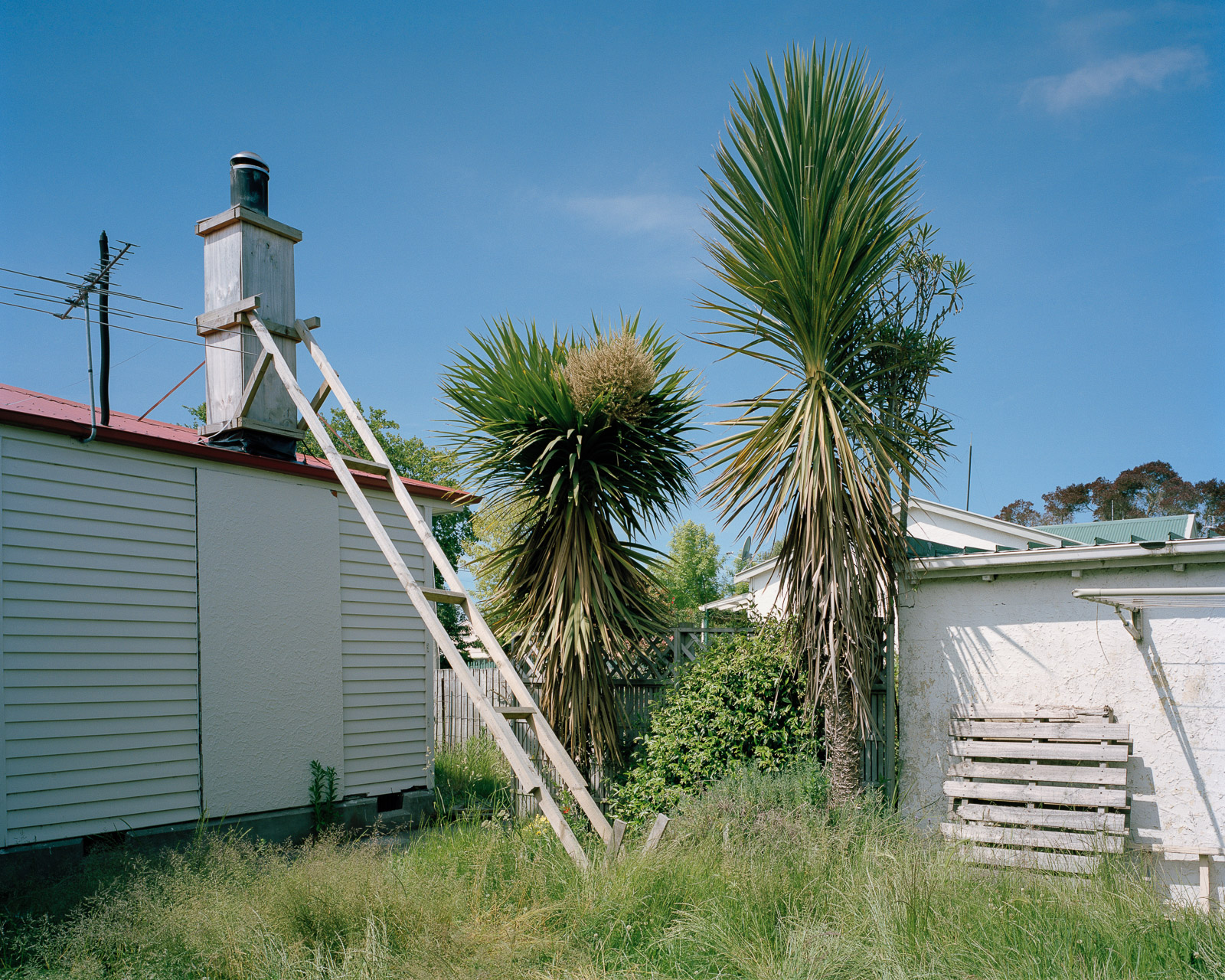

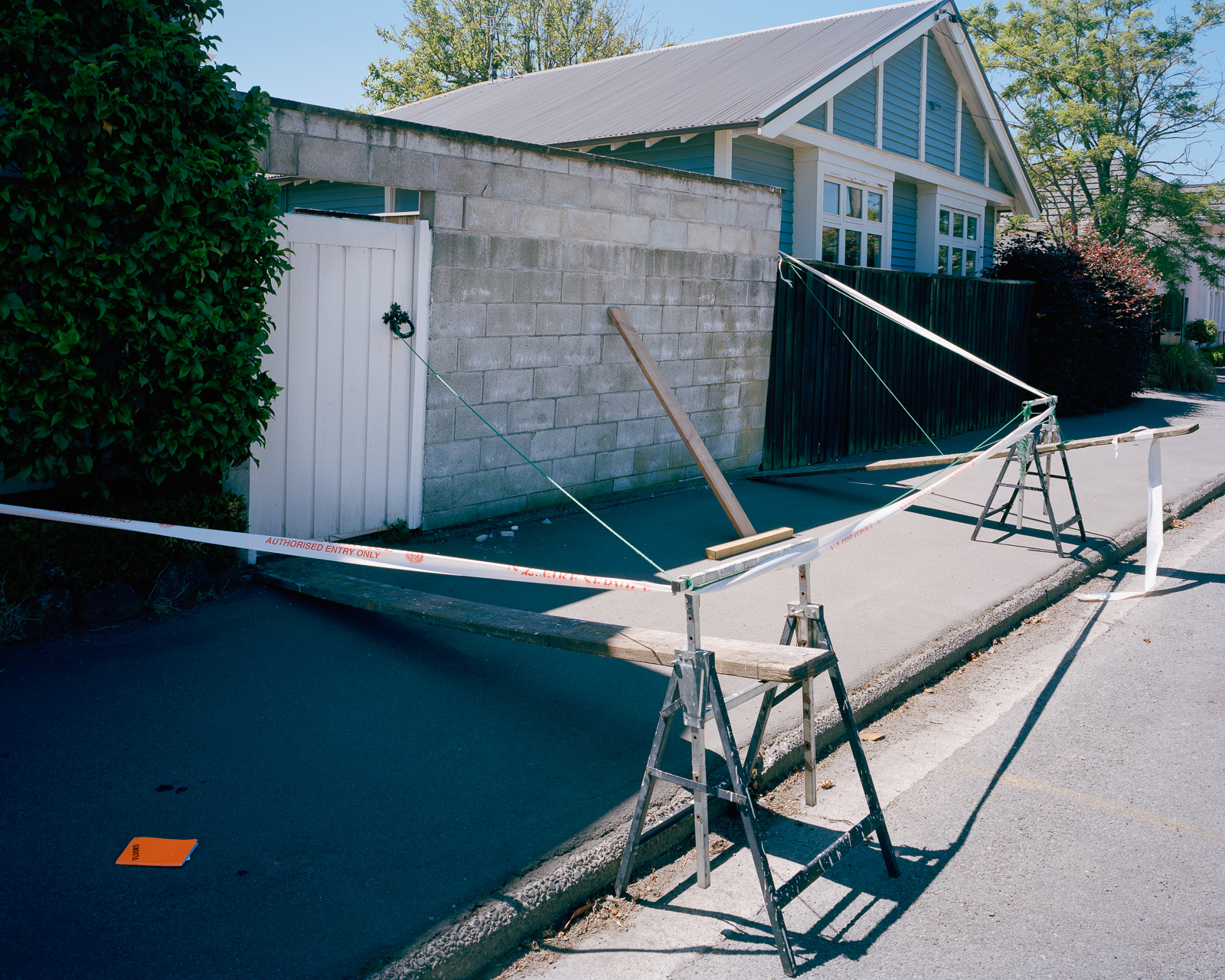
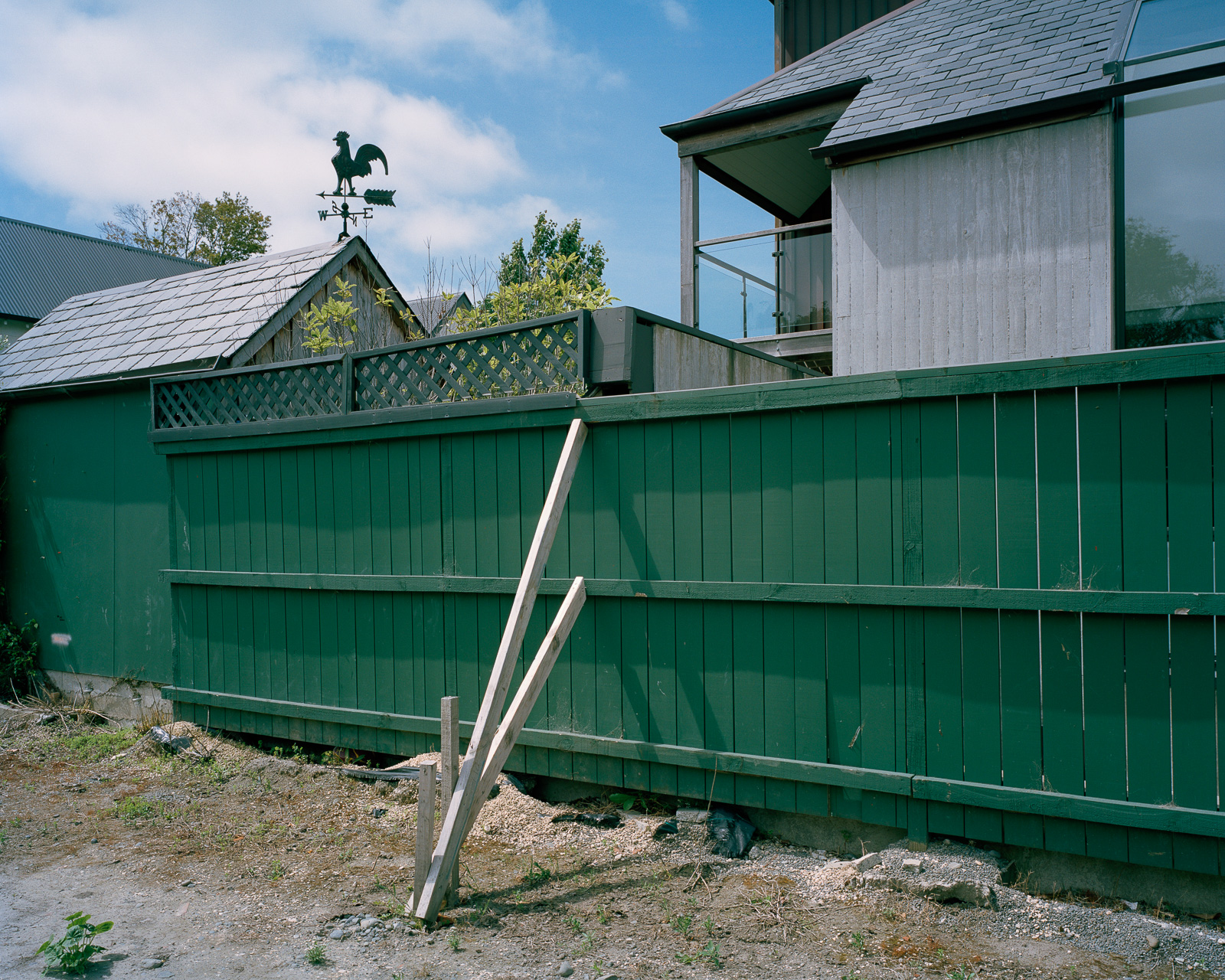
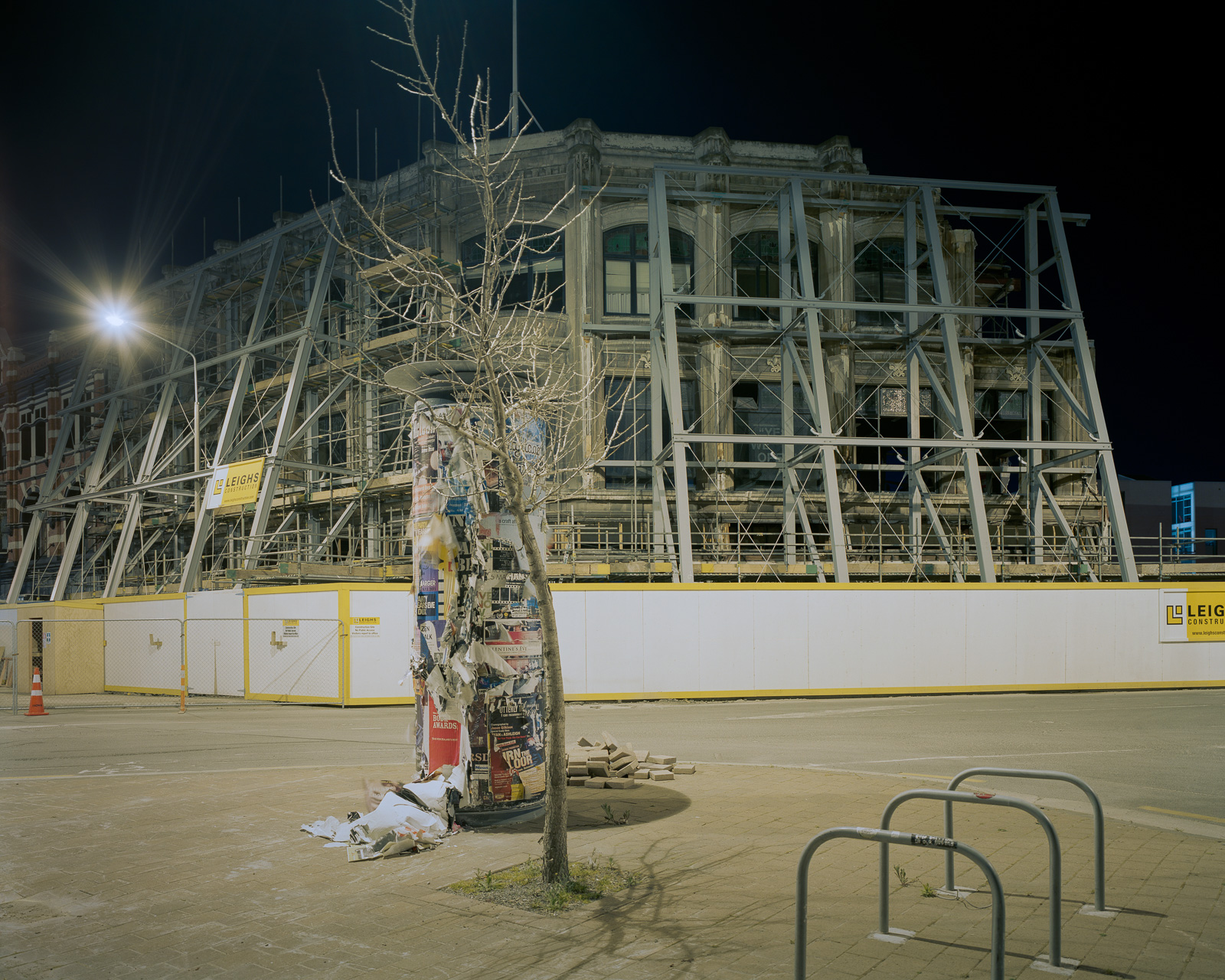
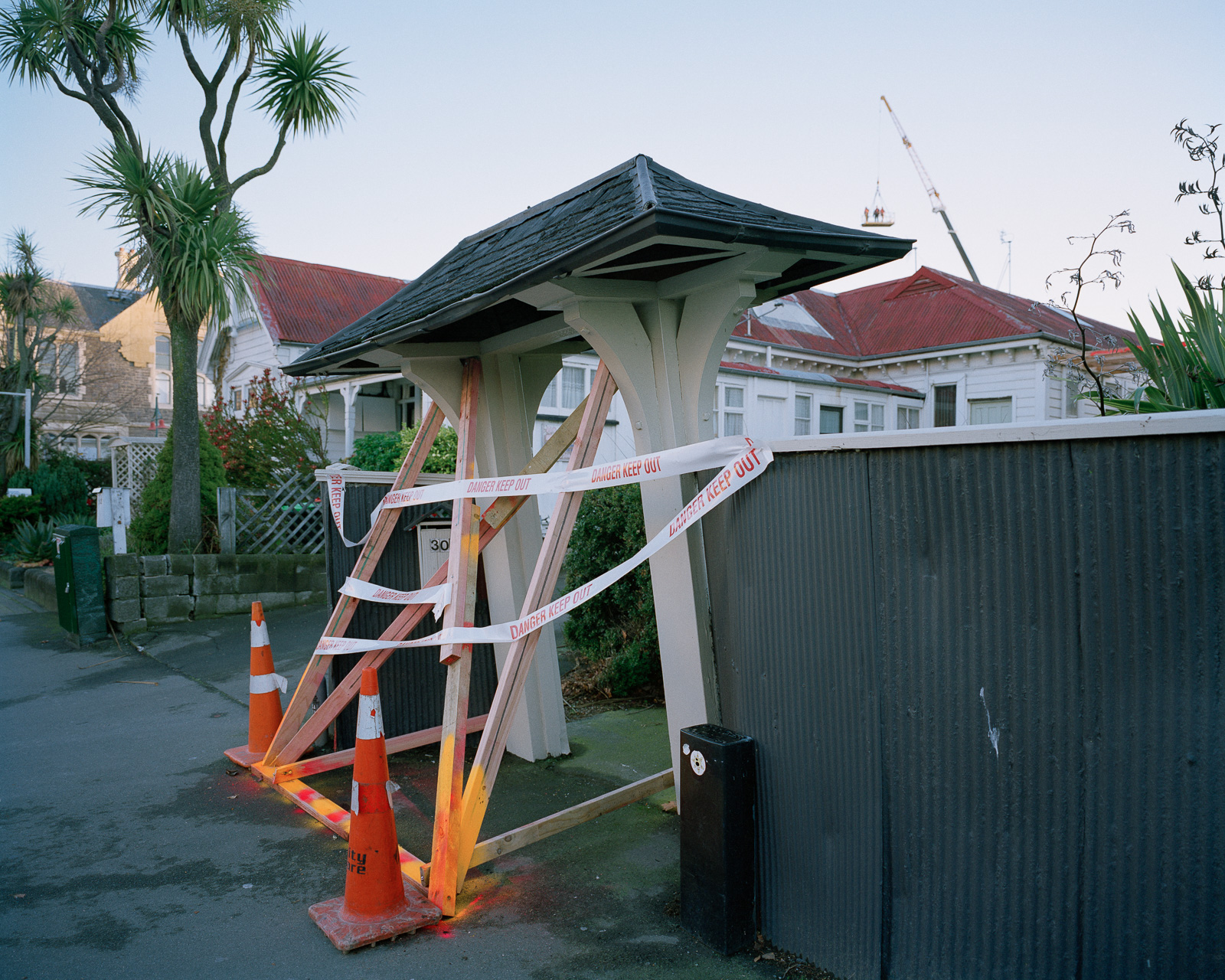
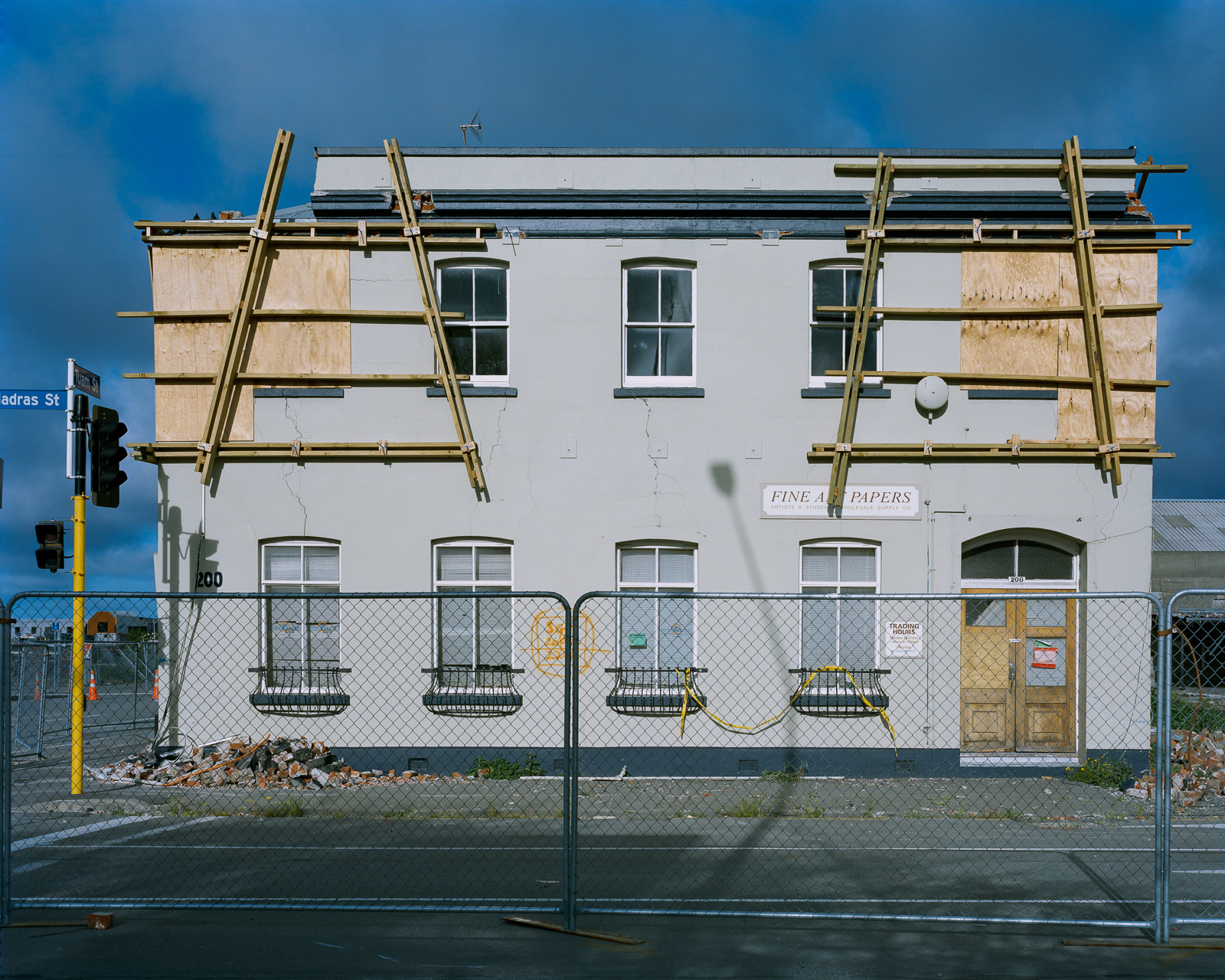
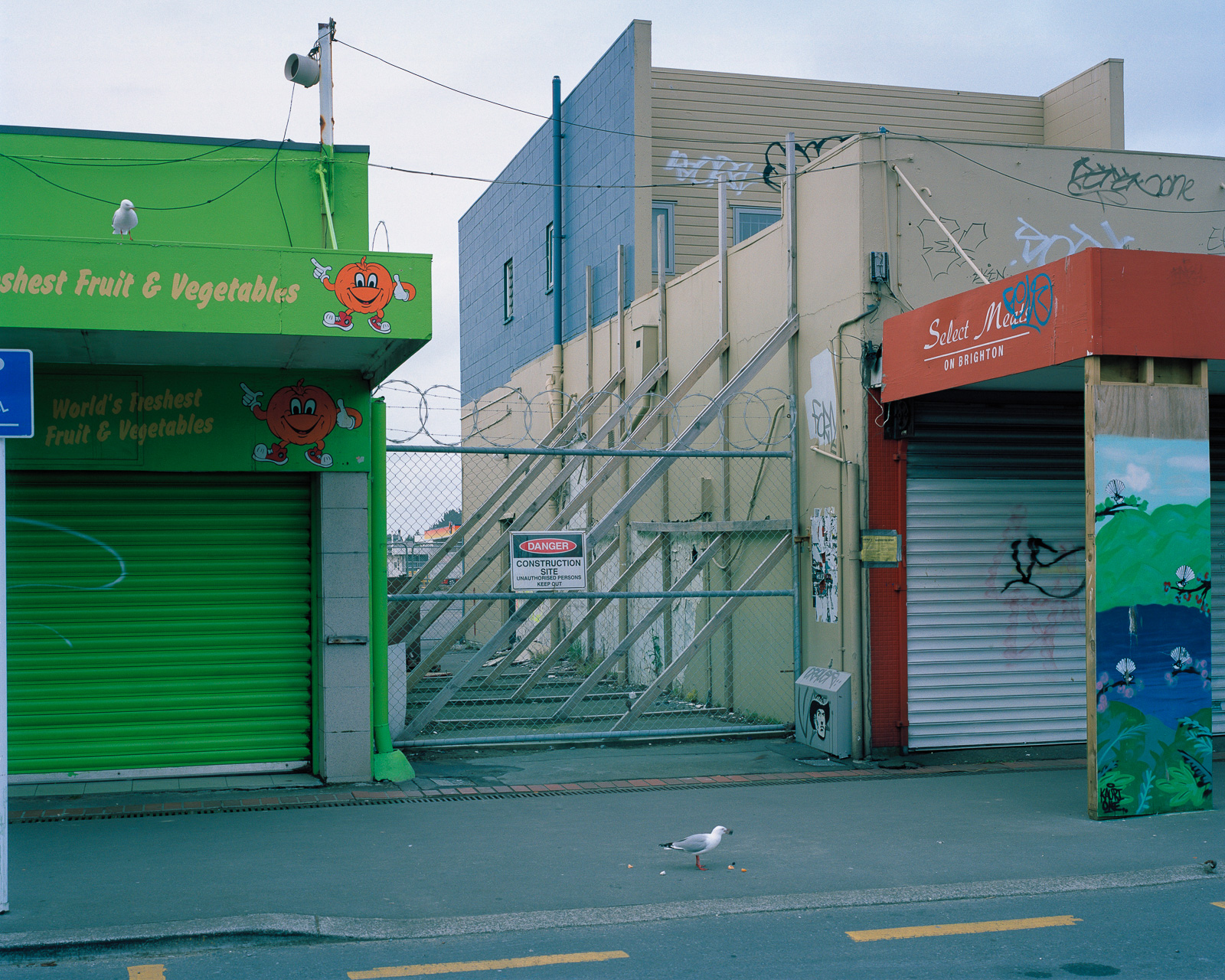
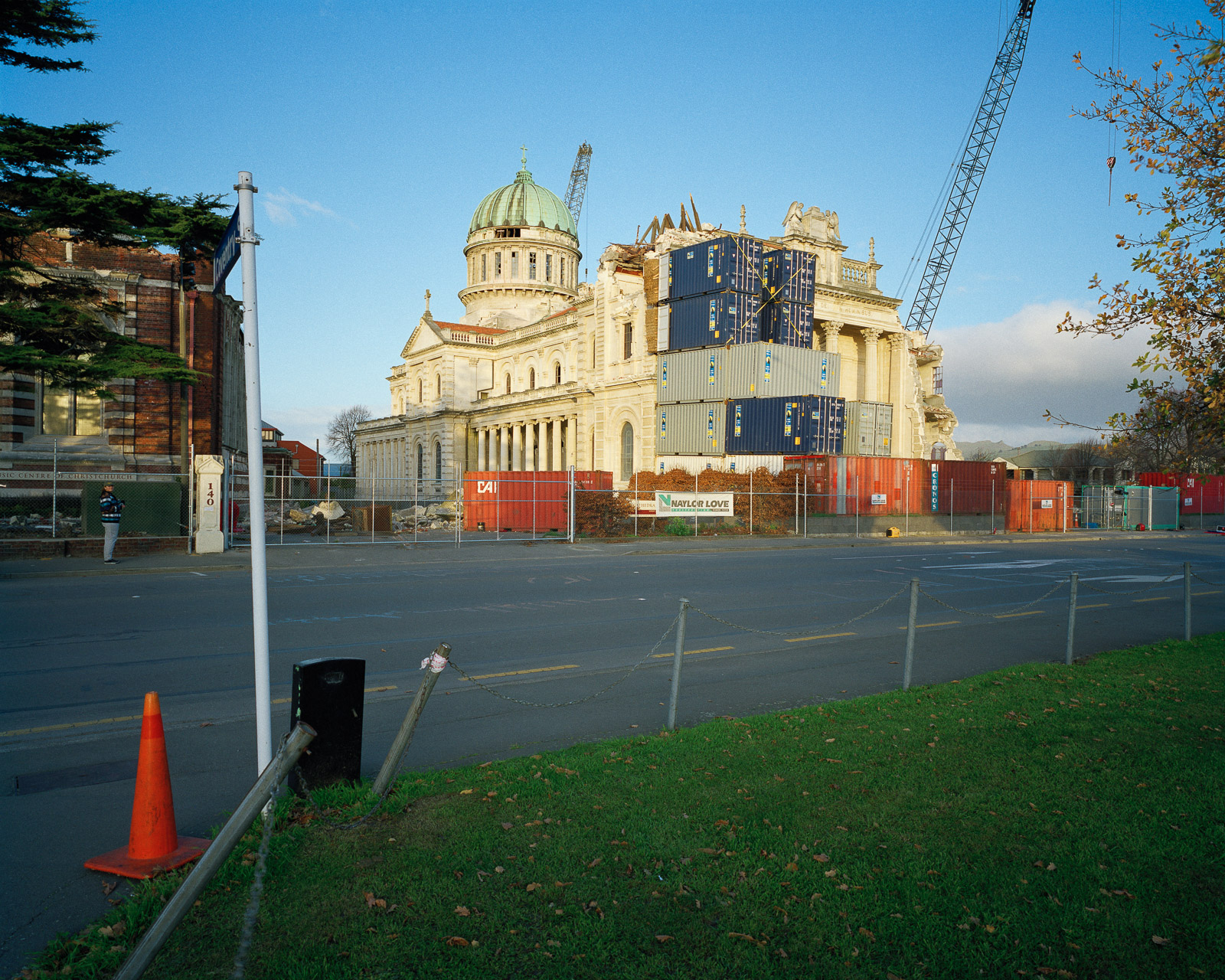
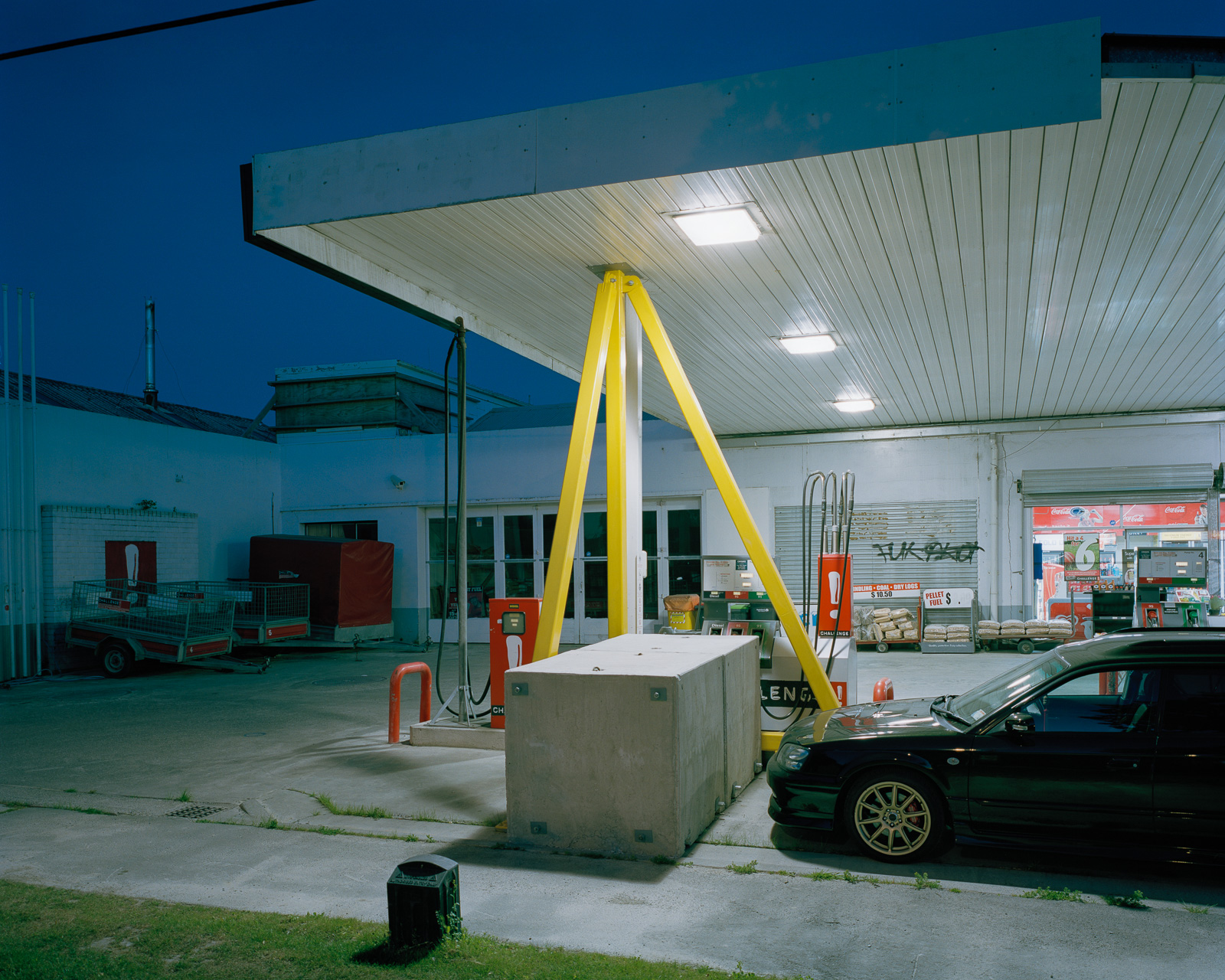
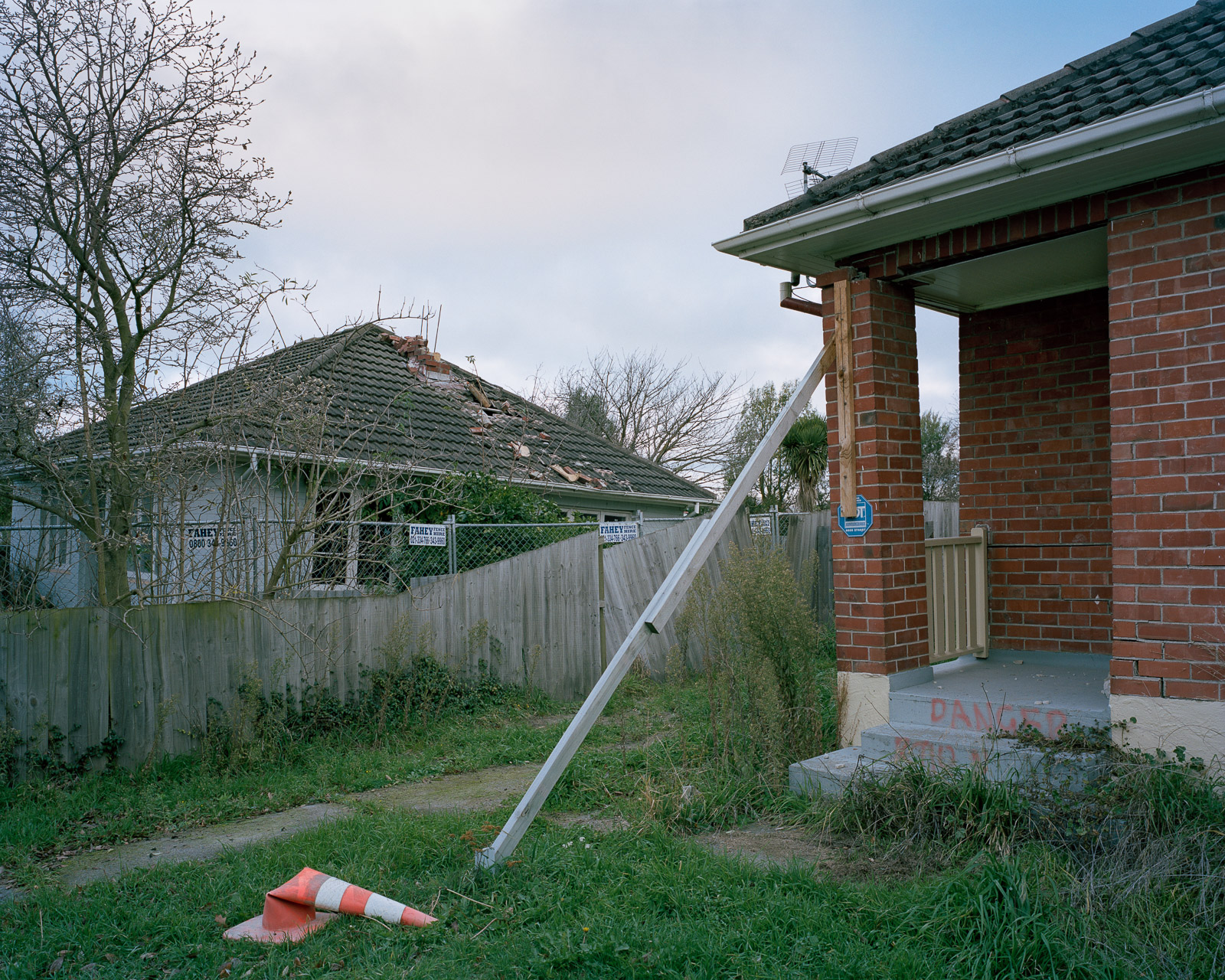
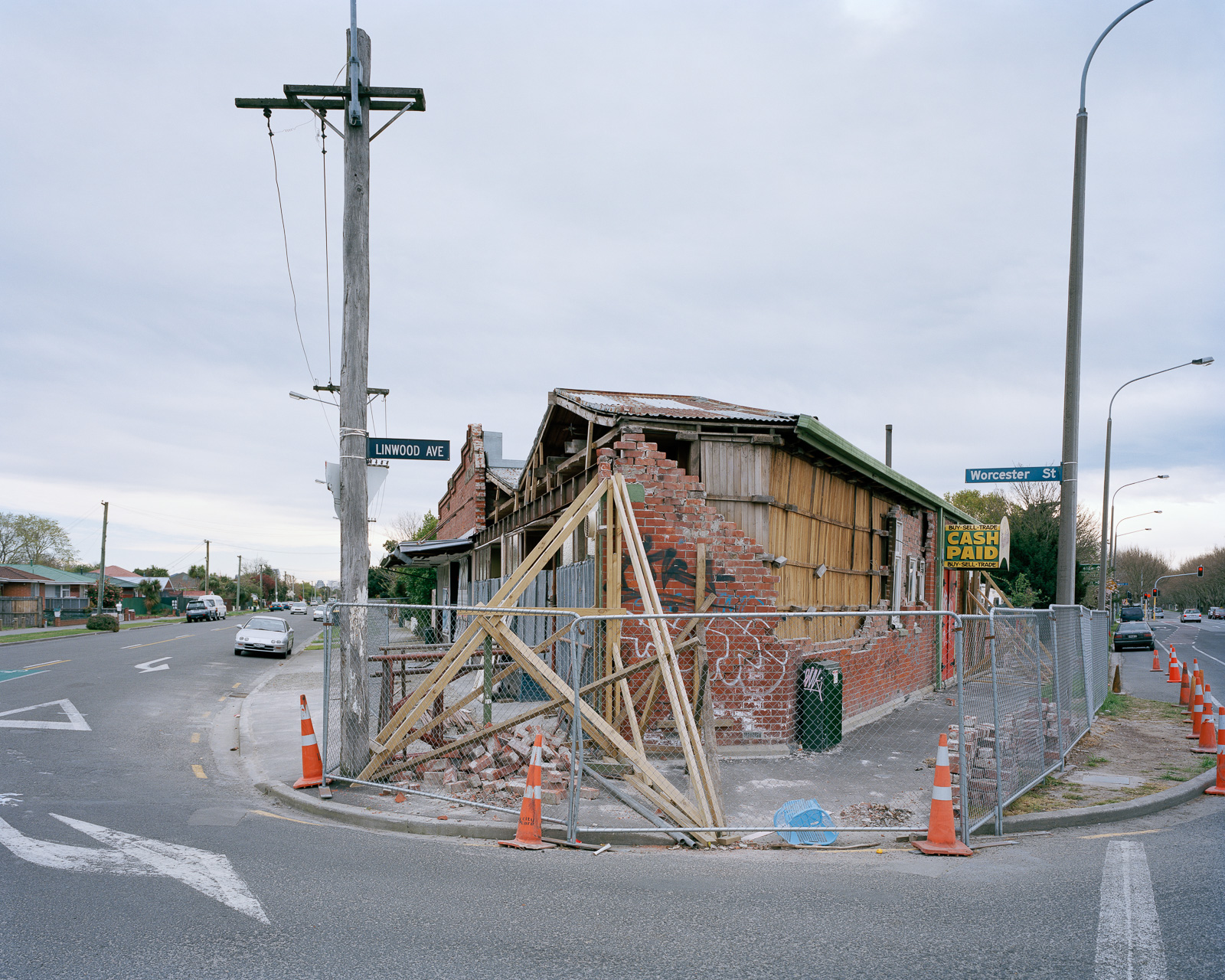
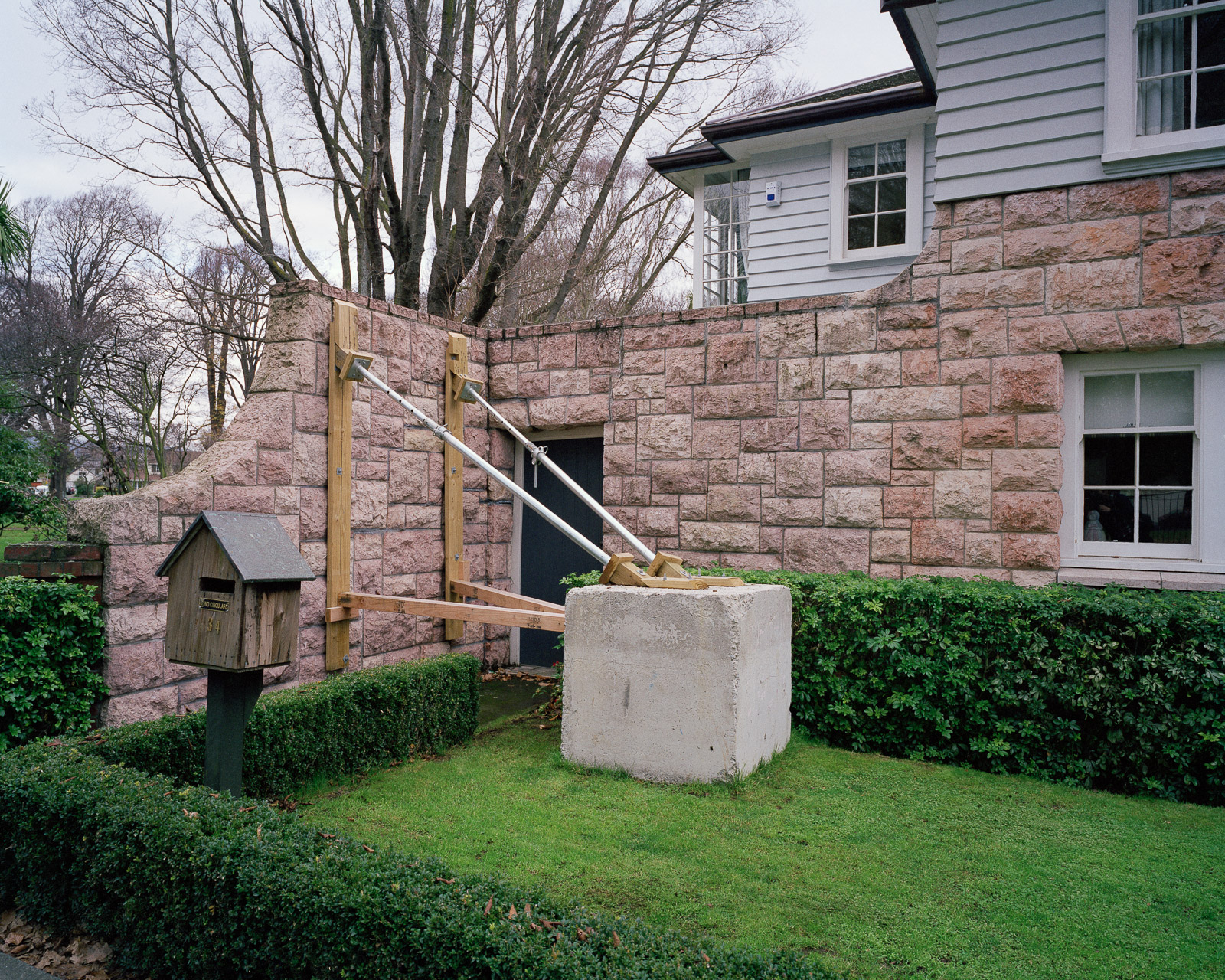
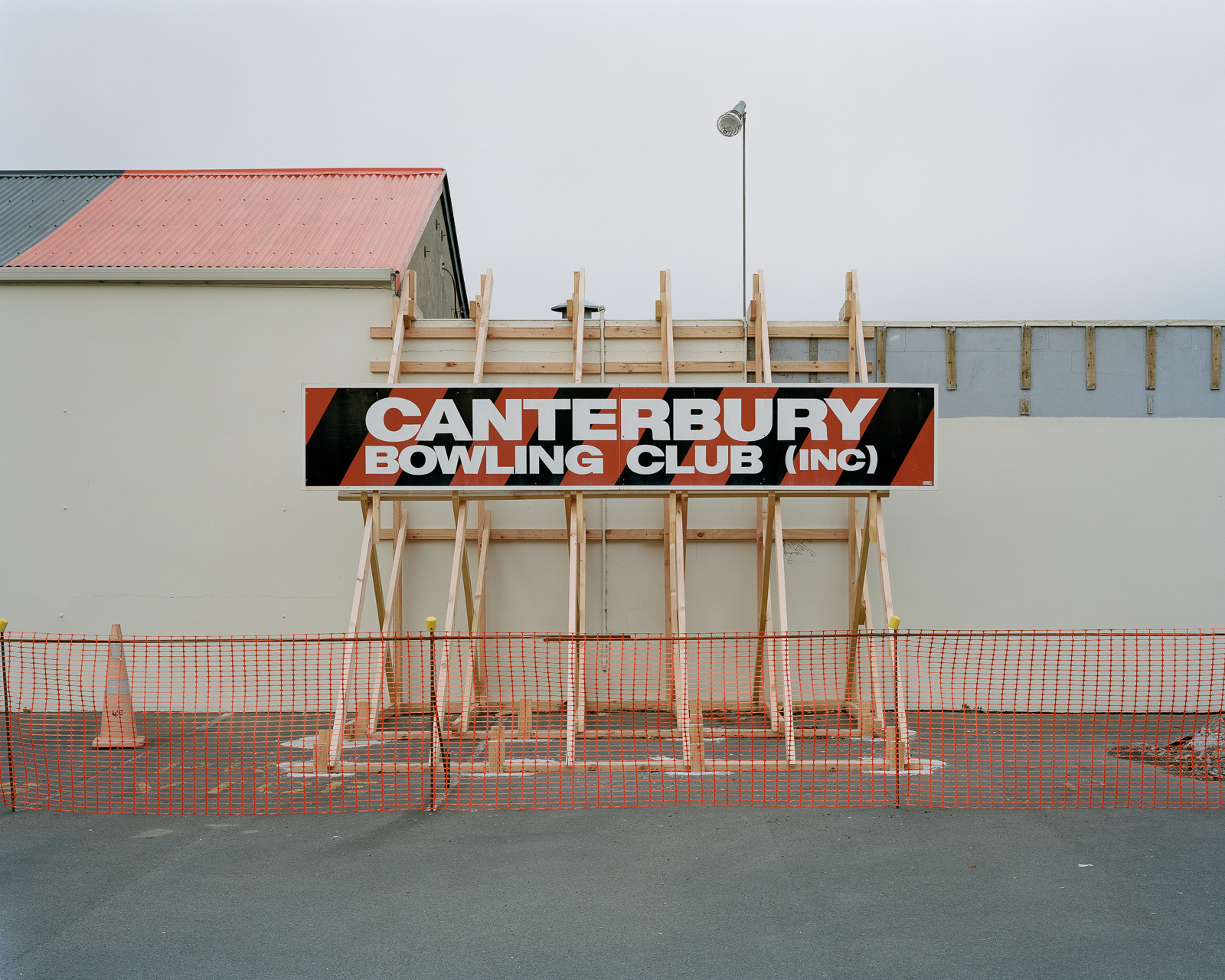
Support Structures
Walking between the kitchen and the hallway, the flat was taken by an almighty jolt. My soda water, just poured, emptied itself onto the floor. The fridge flew open as it rocked to a near forty-five degree angle and, bracing myself under the kitchen doorway, a tone-deaf poltergeist created a din on the piano while throwing everything about the room. The usually serene view of our neighbour's back yard warped and distorted as the lounge windows bulged and trembled violently.
When the shaking stopped, the world fell unbearably silent. I stood leaning against the wall, nauseated and in disbelief that it could happen for the third time in six months. As soon as this crossed my mind the lounge window exploded, sending thousands of shards of glass flying across the room. Instinctually, I ran outside to check on our elderly neighbour, who lives in an adjoined flat.
Meg wasn't home. I did a quick visual inspection to check for major structural damage to our property and headed out to the street. Liquefaction bubbled up through the concrete slabs of our driveway and a pungent smell hung in the air – I could only hope I wasn't wading through sewerage. I watched from the middle of the road as an aftershock caused part of our driveway to collapse, creating a hole big enough to swallow a car. By now half the neighbourhood stood on the street. Bewildered and running on adrenaline, we asked the only questions worth asking. "Are you okay?" "Do you need help?" "Is everyone accounted for?"
Since the magnitude 7.2 earthquake on September 4th, the social landscape of Christchurch has undergone dramatic change. Once unfamiliar neighbours have been brought together in support groups, community gatherings and council planning meetings, all with the common cause of regaining security of assets and finding collective solidarity. Families have grown closer lining up for clean water on suburban street corners and shovelling silt from their driveways and living spaces.
Two earthquakes on – the February and June earthquakes were measured as among the most violent in recorded history –the support networks that grew after September have become even tighter. The government has written off entire suburbs as unfit for occupation or redevelopment. Other areas have been identified as in need of intensive geo-technical investigation before they are declared "green"– suitable for accommodating buildings and basic infrastructure. Many people in Christchurch feel they are living on tenterhooks but take solace in knowing what they are experiencing is not wholly unique. Neighbours, friends and family members prop each other up. They keep the metaphorical cracks from growing – kind of like the physical structures hastily erected to keep buildings, fences and other urban architecture standing after February 22nd.
I have become acutely aware of these slap-dash structures following the June 13th earthquake. This small portfolio of photos, taken between odd jobs on the way to and from work, are a metaphorical tribute the people that have helped keep me upright over the past six months. I hope that I have in some way kept you standing too.